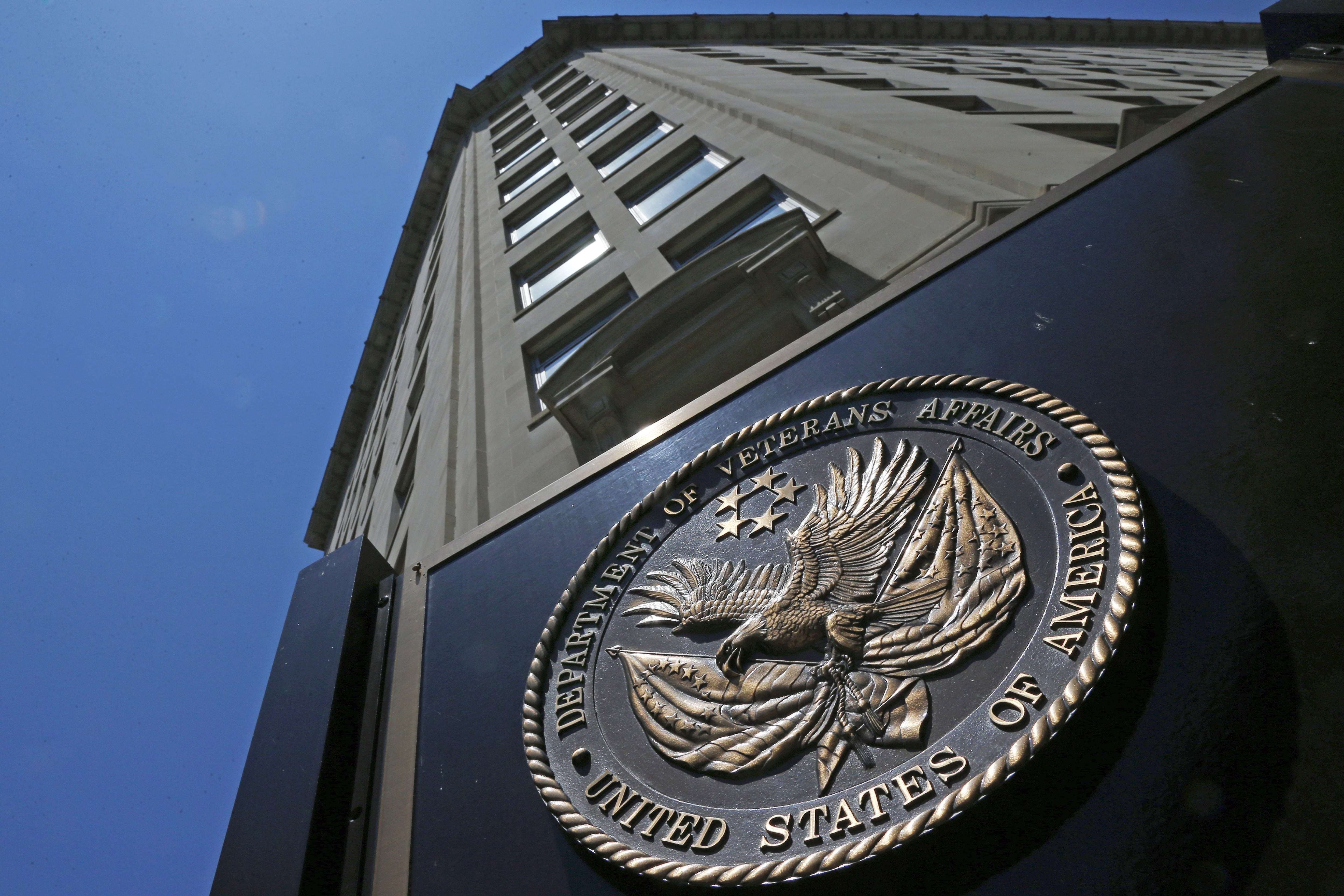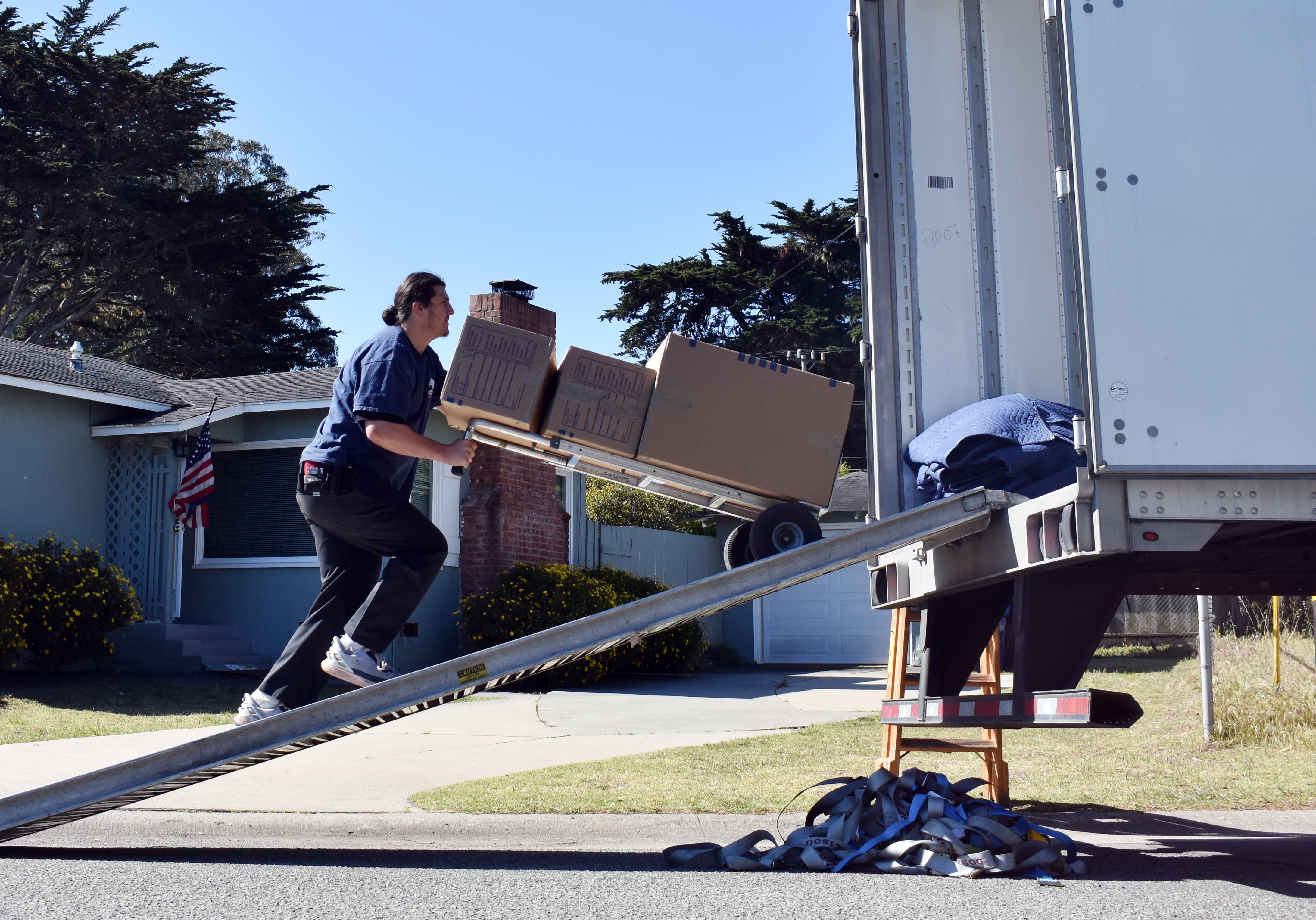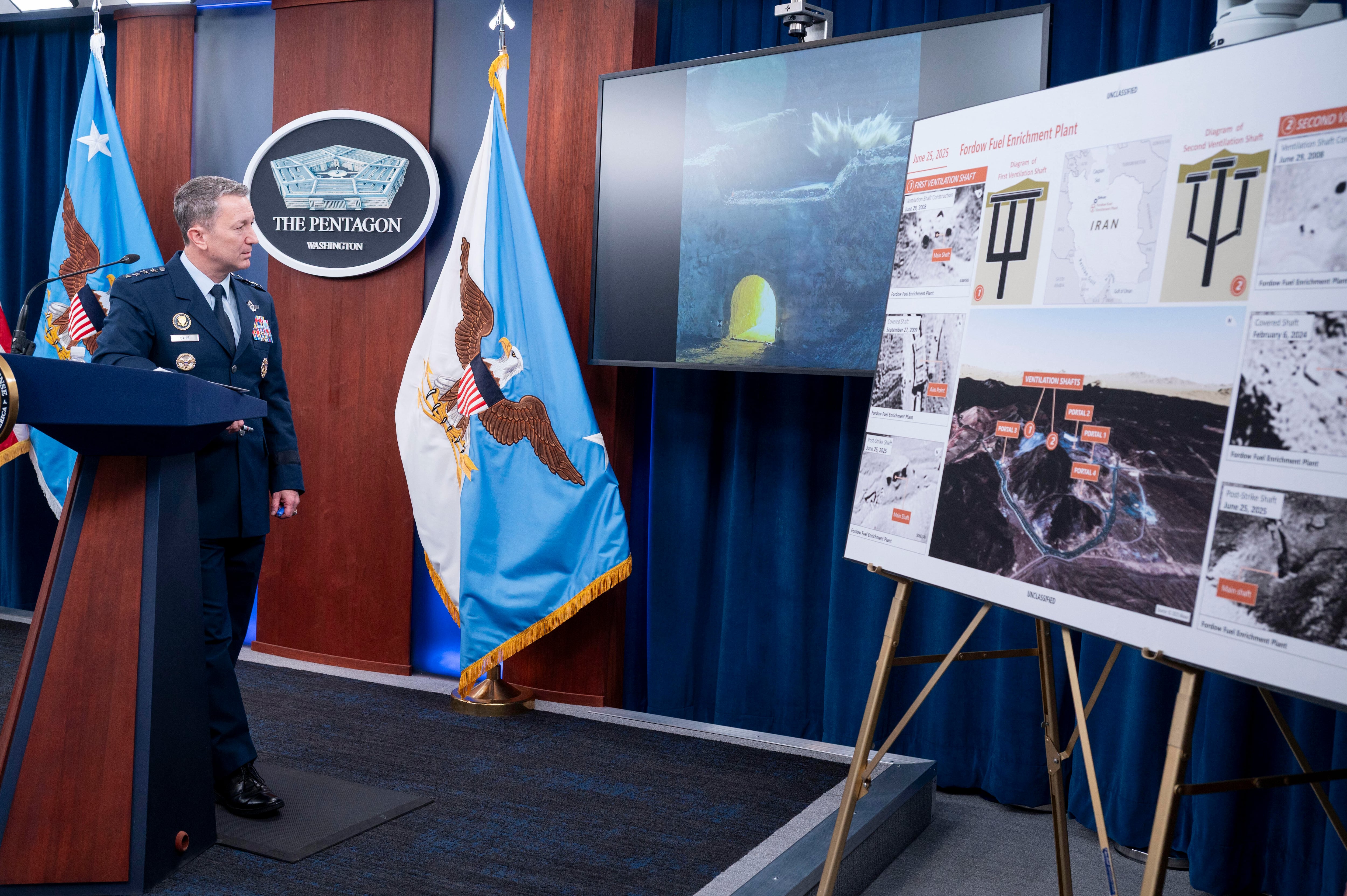A B-1B Lancer bomber flew from Guam to the South China Sea on Monday to train with Japanese fighter jets.
The B-1 took off from Andersen Air Force Base in Guam and trained with F-2 fighters from the Koku-Jieitai, or the Japanese Air Self-Defense Force, the Air Force said in a news release Tuesday. The training was meant to improve how the two nations’ militaries work together.
“The value these sorties have on our team’s confidence and readiness is immense,” Lt. Col. Lincoln Coleman, commander of the 37th Expeditionary Bomb Squadron, said in the release. “We know these missions make us more prepared, more agile and most importantly, more lethal.”
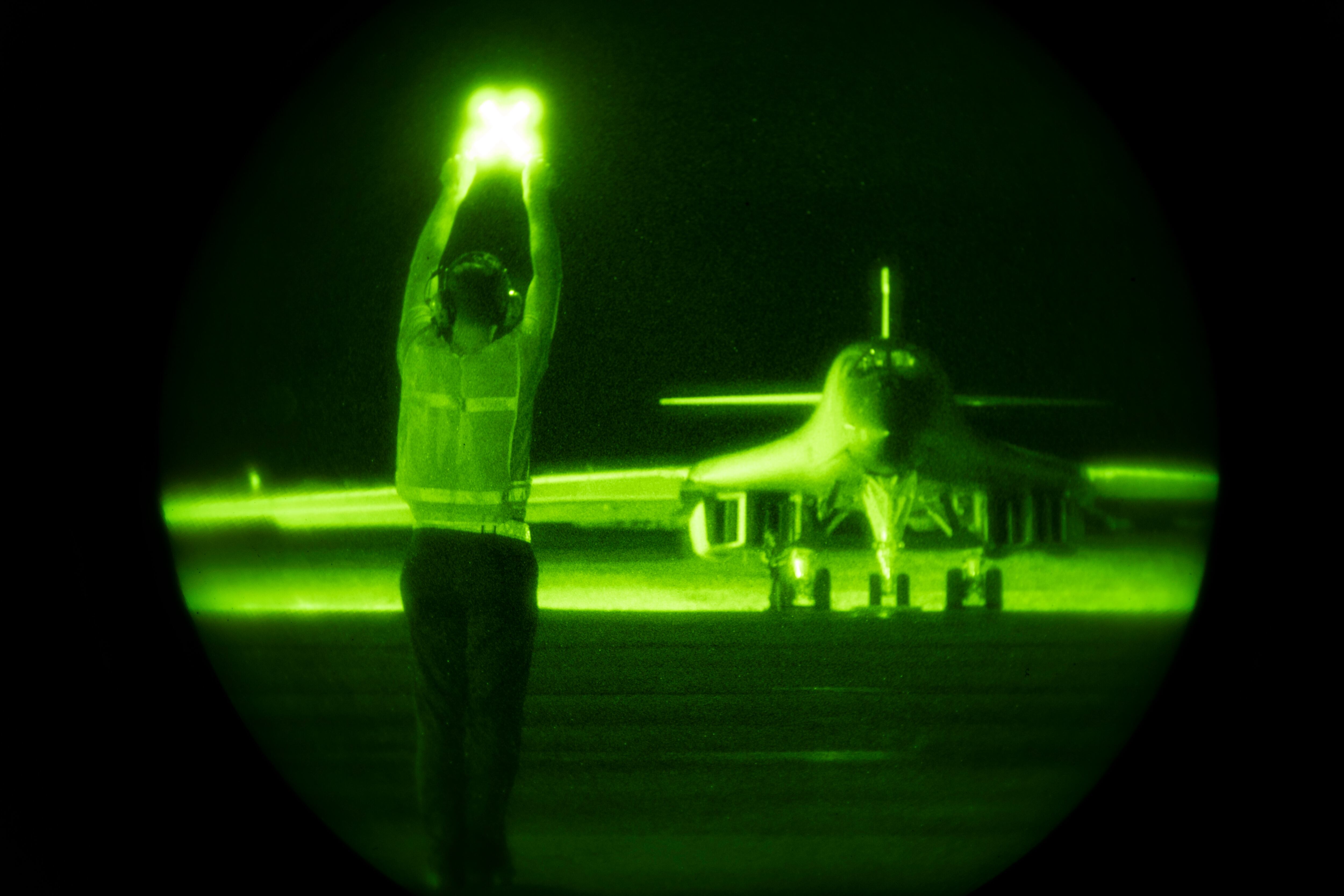
The B-1 is part of the 28th Bomb Wing at Ellsworth Air Force Base, South Dakota, and was one of two that deployed from Ellsworth to Anderson earlier in July as part of a Bomber Task Force mission. Those missions are meant to let air crews train with allies and partners to hone skills and get used to working together.
RELATED
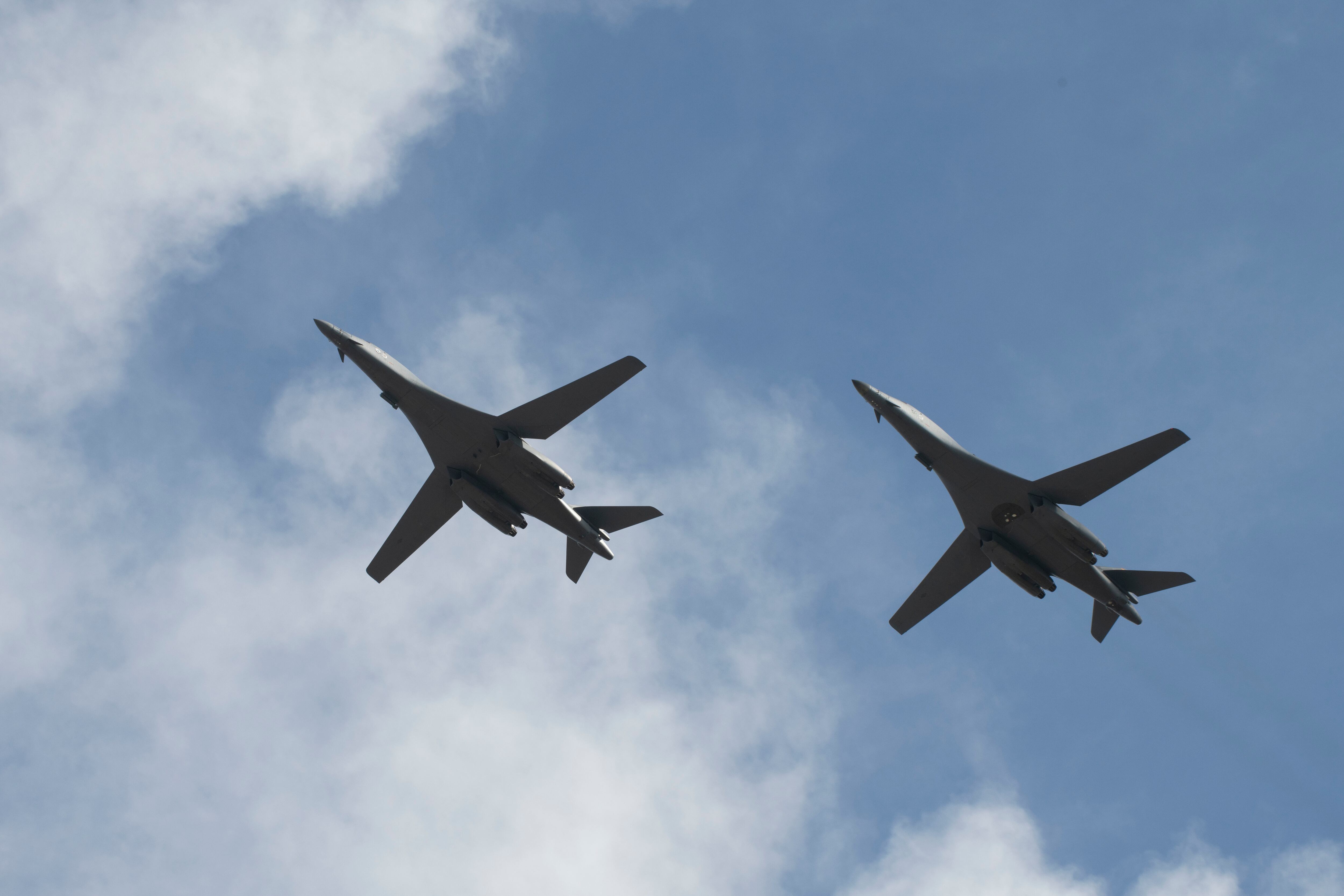
“To maintain and strengthen a free and open Indo-Pacific, we, Koku-Jieitai, continue to seek out every opportunity to enhance our capabilities and operations with our allied teams,” Lt. Col. Shirota Takamichi, commander of the Japanese force’s 204th Fighter Squadron, said in the release. “Regular bi-lateral exercises further enhance each team’s capabilities and interoperability.”
The B-1 was refueled by a KC-135 Stratotanker from the 909th Aerial Refueling Squadron, located at Kadena Air Base, Japan, during the mission.
Stephen Losey is the air warfare reporter for Defense News. He previously covered leadership and personnel issues at Air Force Times, and the Pentagon, special operations and air warfare at Military.com. He has traveled to the Middle East to cover U.S. Air Force operations.

